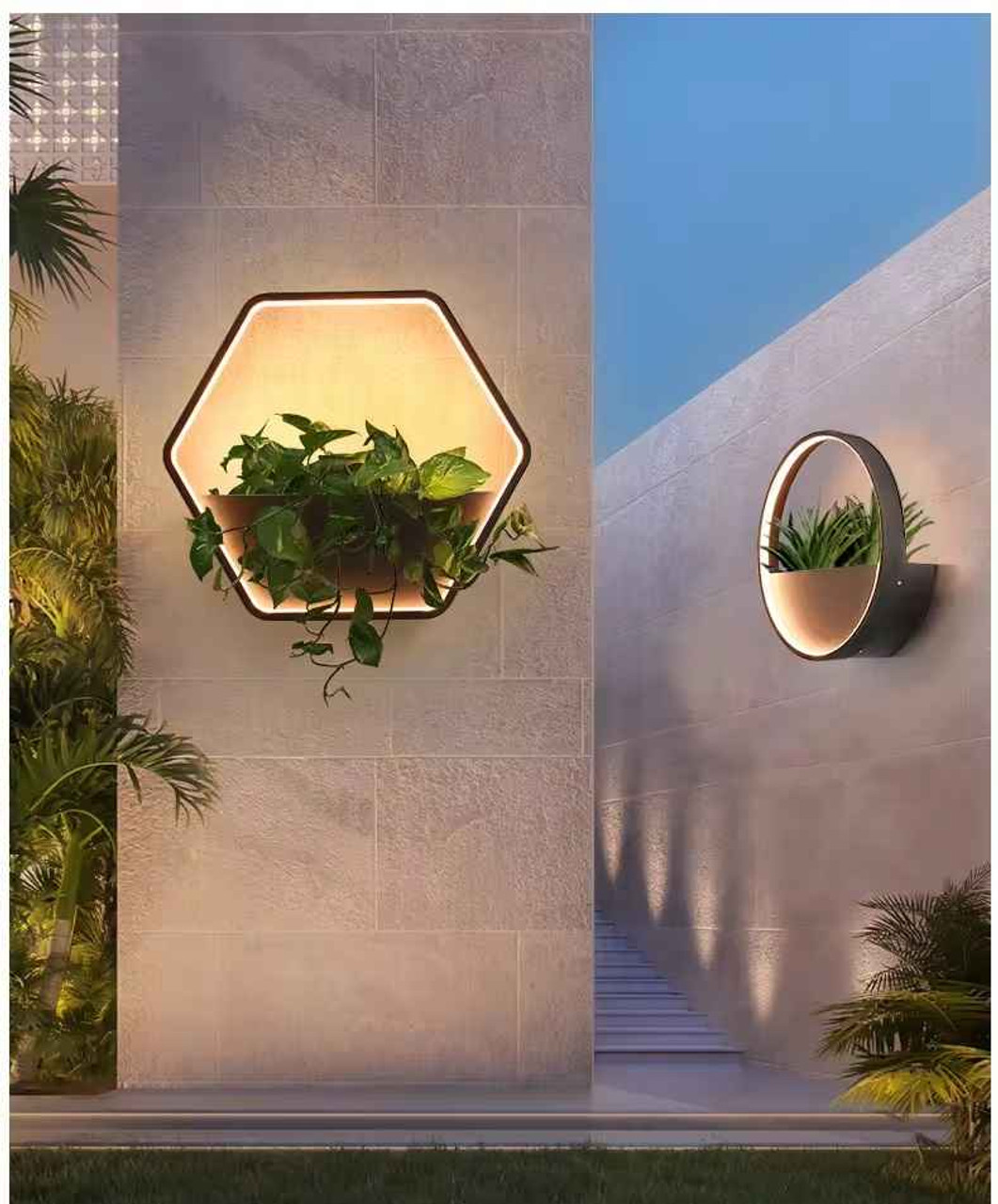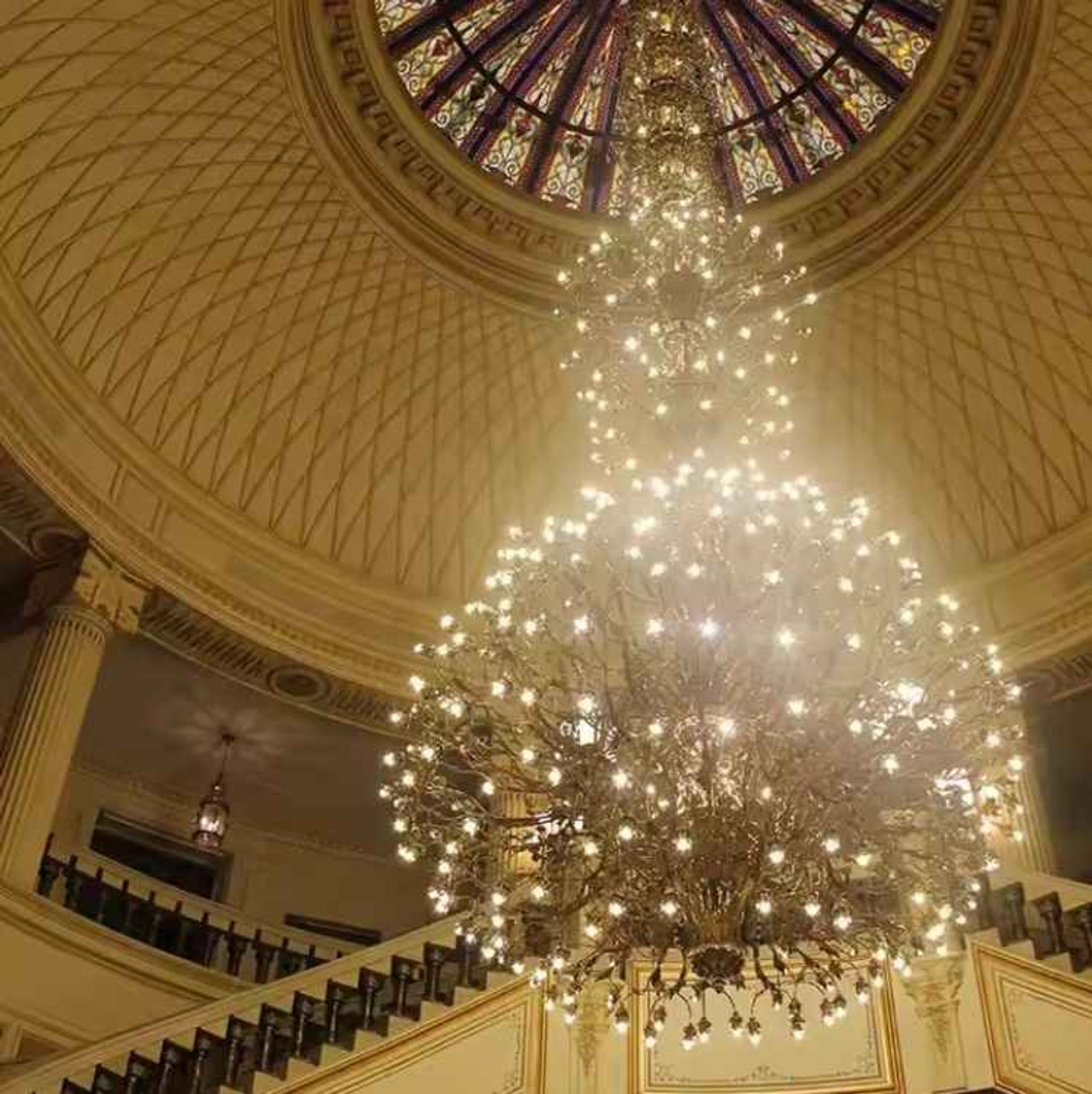Choosing the Right Mirrors Restoration Hardware for Bedrooms, Living Rooms, and Entryways
Posted by Elodie Allington - Architect on 2nd Oct 2024
Mirrors, like architecture, shape the spaces we inhabit. They have the power to redefine a room’s boundaries, create illusions of greater depth, and reflect our personalities into the spaces around us. When considering Mirrors Restoration Hardware, the selection process becomes one of thoughtful composition, where aesthetics and functionality intertwine. It's about understanding the role mirrors play in the multilayered choreography of rooms designed not just for inhabitation, but for an elevated experience of everyday life.
Introduction to Mirrors Restoration Hardware
The choice of a mirror is not merely a functional decision but an architectural one. It's about inspiring a spatial dialogue that resonates with the architectural language of your surroundings. Mirrors Restoration Hardware offers a diverse portfolio, each piece an artifact of elegance and meticulous craftsmanship. They serve as more than reflective surfaces; they become central characters in the stories your spaces tell. Choosing the right piece requires an understanding of how design principles apply uniquely to bedrooms, living rooms, and entryways, influencing both the aesthetic and functional attributes of your home.
The Role of Mirrors in Bedrooms
Bedrooms are sanctuaries of personal expression, places where privacy aligns with comfort. Here, Mirrors Restoration Hardware can transform the space, adding layers of artistic narrative to your daily rituals.
- Reflective Tranquility: A mirror’s position can greatly affect the flow of energy. Placing mirrors opposite windows can bring nature indoors, mimicking the tranquility of a garden or the expansiveness of an ocean view.
- Enhancing Light: Well-positioned mirrors amplify the play of natural light. Consider a large, ornate mirror over a wooden bureau—it doubles the visual space and reflects warmth back into the room, especially in the morning light.
- Personal Aesthetic: The choice of mirrors should align with an individual's aesthetic. Rectangular mirrors with geometric patterns might complement mid-century modern themes, while baroque framings suit more classical themes, echoing a personal resonance that is both calming and inspiring.
- Psychological Impact: Mirrors in bedrooms should elevate a sense of calm and comfort. A soothing palette of colors around the mirror can influence one's psychological well-being, enhancing relaxation.
Ultimately, the bedroom mirrors should facilitate a seamless blend of beauty and functionality, ensuring tranquility is mirrored back into one’s personal space.
Mirrors for Living Rooms: A Spatial Evolution
The living room is an architectural confluence, a place where the private meets the public, where family encounters and social gatherings unfold. Here, Mirrors Restoration Hardware can be expansive statements of style and function, framing interactions and creating a dynamic spatial evolution.
- Creating Focal Points: In sprawling open-plan spaces, mirrors can serve as anchors. A large circular mirror might celebrate a central fireplace, transforming it into a focal point that draws people together.
- Illusion of Space: Mirrors elongate the perception of space. Vertical mirrors placed on opposing walls can create the illusion of doubling your living area, making it an invaluable addition in urban apartments where spatial constraints occur.
- Fusion of Styles: The structural diversity in living rooms requires mirrors that can blend different styles. Iron-framed or vintage-style mirrors bridge classic and contemporary aesthetics, embodying a narrative continuity within the space.
- Artistic Freedom: Living room mirrors offer an opportunity for artistic expression. Choosing mirrors with intricate designs or unique shapes can serve as conversation starters, reflecting one's style ethos.
Integrating mirrors in living rooms can foster an equilibrium between form and functionality, transforming the environment into both a sanctuary of relaxation and a hub of social connections.
Perfecting Entryways with Mirrors Restoration Hardware
Entryways are the first touchpoints for guests; they set the tone and establish first impressions. Here lies the potential of Mirrors Restoration Hardware to synthesize form and function while greeting guests with flair.
- A Welcoming Aura: Strategically placed mirrors can make a confined entryway appear more generous. By reflecting the living area, mirrors generate a welcoming aura, enhancing natural and artificial lighting alike.
- Practicality & Aesthetics: Smaller, intricately framed mirrors can accentuate the space while offering a last-minute appearance check before you leave the house. This dual functionality integrates elegance with day-to-day practicality, emphasizing a transformative daily journey from inside to outside.
- Iconic Design Statements: Entryways benefit from mirrors with bold designs that punctuate the narrative of the home’s entrance, serving as both welcoming gestures and personal style declarations that transition guests from the outer world to your inner sanctum.
Mirrors in entryways should strike a harmonious chord between grandeur and subtlety, portraying the homeowner’s personality while ensuring functionality is not compromised.
Choosing the Right Style and Material
At the crossroads of material selection and aesthetic design lies the decision-making around Mirrors Restoration Hardware. Each material has its implications in climate, home style, and personal preference.
- Wooden Framings: Enduring and warm, wooden frames can instill a sense of timelessness that seamlessly fits both rustic and modern motifs.
- Metal and Glass: For an industrial or minimalist look, metal and glass frames are sleek and offer an understated elegance that aligns with urban living environments.
- Vintage Finishes: Aged finishes can add a touch of nostalgia and history, making a scene that invites viewers to question the origins and stories behind each piece.
- Eclectic Mix: For those who relish variety, combining materials such as bamboo with metal can result in a unique aesthetic that narrates an intriguing design tale.
Harmony between materials and surroundings is vital, allowing mirrors to elegantly integrate into architectural narratives while highlighting the personal ethos of the homeowner.
Considering Scale and Proportion
The relationship between scale and architecture anchors the decision-making for mirror placement and size. A grand mirror in a cramped space may overwhelm, but a detailed, smaller mirror can be easily lost in an expansive room.
- Balanced Composition: Rooms with high ceilings may benefit from vertically elongated mirrors that echo the room’s height. Meanwhile, broad spaces deserve horizontal mirroring to stretch the vista, proportionally enhancing the visual field.
- Reflective Expansion: Consider framing the mirror to reflect cherished indoor elements like art, furniture, or structural forms instead of cluttered views.
- Versatile Adjustments: Mirrors shouldn't just fit a room's current setup but should also have adaptability with potential future changes in decor or room functions.
The key is to achieve visual harmony, ensuring that mirrors stand as monumental pieces of art rather than mere decorative afterthoughts.
Conclusion: Reflective Narratives Within Interior Architecture
Choosing the right Mirrors Restoration Hardware for your bedrooms, living rooms, and entryways is a reflexive journey that intertwines personal aesthetics with architectural acumen. They are more than mirrors; they become interactive elements shaping light, space, and experience within the home. Through thoughtful selection, mirrors can become transformative instruments reflecting both beauty and originality, resonating with the subtleties of daily life and the broader visions that define our living spaces.
As you reflect upon the mirrors that accompany you in your living spaces, consider the narratives they weave into the very essence of your home. By intertwining function with artistic grace, these mirrors not only illuminate but also inspire and elevate your everyday experiences to a form of living art, creating environments that are as uniquely dynamic as the lives they reflect.




